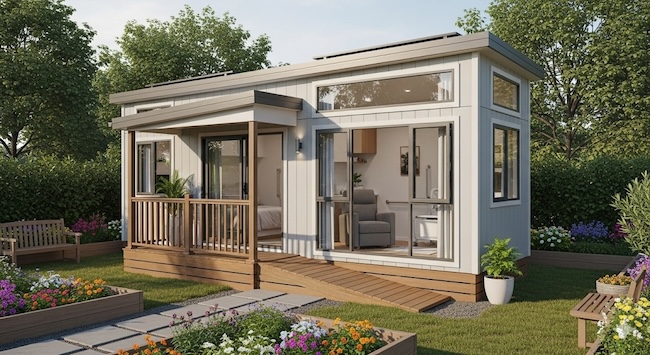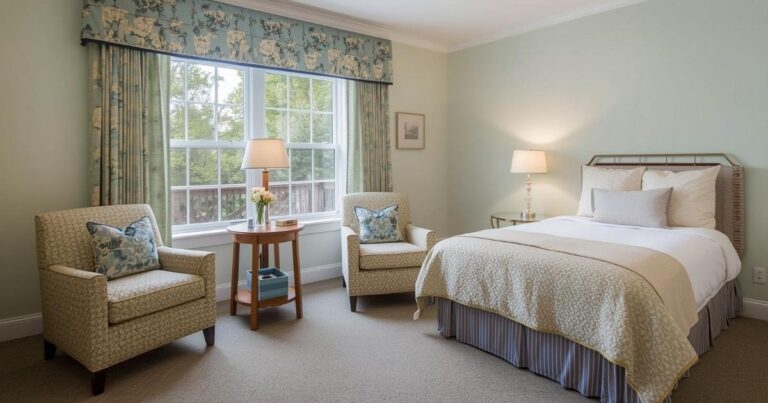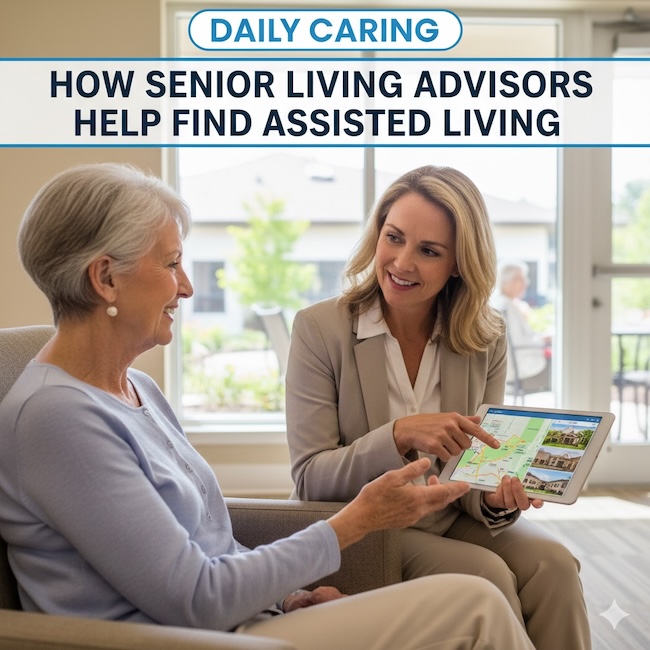What if you could ensure your aging parent had the care they need without the heartache of moving them to a distant facility? Imagine your loved one living steps away – safe, independent, and deeply connected to family daily life. This isn’t a futuristic dream; it’s the reality made possible by “Granny Pods.”

What are “Granny Pods” you ask? Also known as Accessory Dwelling Units (or ADUs), these innovative backyard tiny homes are revolutionizing elder care, offering a compassionate and practical alternative to assisted living that keeps families close. Let’s explore how these modern cottages provide peace of mind for caregivers and a renewed sense of autonomy for seniors.
An Assisted Living Alternative in your Backyard
When an older adult can’t safely live on their own, they need to consider alternative senior housing options. Oftentimes, that means moving into a long-term care facility.
One assisted living alternative you might not have heard of is a tiny home you can install in your own backyard. Today, lots of folks have coined the term “Granny Pod” to describe these small homes, and this term has stuck around despite the stereotypical description.
What is a Granny Pod?
A granny pod is a small modular home installed in your backyard for an aging relative. The concept and nickname started in Australia in the 1970s.
Granny pods are essentially “tiny homes”, which generally range from around 250 to 900 square feet. They include essential amenities like a comfortable living area, a bedroom, a bathroom, and a small kitchen.
The idea is that these tiny homes allow older adults to stay connected with their family and receive assistance when they need it in real-time. The nice thing about these “Granny Pods” is that they provide seniors and their adult children with privacy and their own living space, which can be ideal for all.
Who Builds “Granny Pods”?
Several companies make pre-fab homes or “Granny Pods” as they’re otherwise known. N2Care (which originated the MedCottage concept), Better Living Cottages, Pacific Modern Homes Inc. (PMHI) are a few of the home builders out there providing tiny homes to the public.
These “Granny Pods” are pre-fabricated structures that can be built faster and at better price points than building a home from scratch. The small homes are hooked up to the main home’s existing power, sewer, and water lines, which is exceptionally convenient for the tiny home owner.
To install one of these structures in your backyard, you’ll need enough space, and you’ll need to comply with all local zoning laws to get started. Make sure you understand all of the nuances involved in building a tiny home on your property. It’s always a good idea to find a reputable builder who can pull the proper permits and ensure compliance with local building codes.
VIDEO: Today’s “Granny Pods” Offer Safety and Privacy
Specialized Backyard Home has Extra Health and Safety Features
MEDCottage’s units are unique because they’re specifically designed to house older adults who need care. Health and safety features include:
- ADA compliance to accommodate wheelchairs
- Grab bars and railings
- Soft floors to reduce injury from falls
- Sensors to alert caregivers in case of a fall
- Monitoring systems for vital signs
- Built-in ceiling attachments for lift systems
- Automatic night lighting
Reasons to Consider a Granny Pod
A granny pod is a good option if you and your older adult would like to live close together or in the same house, but it’s not possible. This is a way to get the best of both worlds.
Why choose a Granny Pod over living in the home with the family?
- You’d like to be very close by and see each other frequently, but don’t want to be in the same house.
- Your family member is still relatively independent and still wants to live on their own, but you both feel better if you’re close enough to help when needed.
- There isn’t enough room for your loved one.
- Living under one roof would be too stressful for everyone involved.
- They’d have no choice but to climb stairs to access the bathroom or their bedroom.
- It’s not possible to make updates for necessities like a wheelchair ramp, grab bars, railings, or an accessible bathroom.
- Your home can’t accommodate the equipment they need — for example, a lift system or hospital bed.
Reasons You Shouldn’t Consider a Granny Pod
Some older adults enjoy interacting with people and having a community around them. A backyard home could be too quiet and have too few visitors, potentially causing depression or social isolation. Those seniors would have a better quality of life in assisted living, where they could participate in group activities and interact with other residents and staff.
Another reason not to consider a granny pod is if an older adult requires more care than you or in-home caregivers can safely provide.

How Much Does a Granny Pod Cost?
Pre-fabricated tiny homes generally cost between $40,000 and $125,000, depending on size and location. Custom-built Granny Pods can go anywhere from $100,000 to $250,000, depending on amenities, size, and location.
On top of the cost of the home itself, you’ll also need to factor in the price of building permits and professional installation.
Granny Pod vs Assisted Living Costs
Cost is a significant consideration when looking for assisted living alternatives. You’ll have to evaluate the costs specific to your situation and location, but here’s a rough comparison.
According to Genworth, in 2025, the average cost of assisted living across the U.S. was $5,900 per month! Exact costs will vary by location, but that’s a lot of money.
That means in some areas, for roughly the price of one year of assisted living, you could buy a MEDCottage that would last many years. If this type of caregiving lifestyle works for you, it could save money that could be used for adult day programs, in-home caregivers, or other helpful services.
Bottom line
Installing a granny pod in your backyard might be a good choice for some older adults and their families. If this sounds like something that could work for your situation, consider the local zoning laws, compare costs, and think about lifestyle trade-offs before making a decision.
You might also like:
— 7 Senior Housing Options: Which One Fits Best?
— What is a Residential Care Home?
— Adult Day Services Help Seniors Live at Home Longer
About the Author

Connie is the founder of DailyCaring.com and was a hands-on caregiver for her grandmother for 20 years. (Grandma made it to 101 years old!) She knows how challenging, overwhelming, and all-consuming caring for an older adult can be. She also understands the importance of support, especially in the form of practical solutions, valuable resources, and self-care tips.











